
New from Federal Premium is the 30 Super Carry, a truly modern pistol cartridge designed for personal protection.
Federal’s new 30 Super Carry handgun cartridge has set the internet aflame since news of it leaked shortly before it was officially introduced. Many are interested in learning about this new handgun cartridge and to find out if it actually offers something of value to them. Firearms News was given a first look at the new 30 Super Carry by Federal Premium a few months back. So, for this introduction I thought it would be interesting to share not only my thoughts but also those of James Tarr and Michelle Hamilton. You can read their thoughts on the 30 Super Carry following mine.
So, let’s consider the obvious question, what IS the 30 Super Carry and what does it offer the average person interested in personal protection? The 30 Super Carry is a new handgun cartridge designed specifically for personal protection. A modern design, its performance is based around the use of contemporary .312-inch diameter expanding projectiles. Keep in mind the vast majority of cartridges typically used for personal protection, such as the 9mm Parabellum, .45 ACP, .38 Special, .380 ACP, .32 ACP, 10mm Auto, .45 Colt, .44 Special and others were all designed around non-expanding projectiles. Why is this important? With cartridges like the .32 Auto, .380 ACP and 9mm Makarov it is difficult to achieve reliable expansion combined with penetration which meets FBI criteria due to a combination of factors. These are the bullet diameter, weight and low velocity.

The engineers at Federal though started with a clean sheet of paper to design a cartridge and bullet combination with sufficient weight (100 to 115-grains) and velocity (1,150 to 1,250 fps) to not only expand very well (.52 to .58 caliber) but to still penetrate deep (15 inches in properly calibrated 10% ordnance gel with heavy clothing) while doing it. While a 115-grain bullet at 1,150 fps sounds identical to a 9mm Parabellum load, the 30 Super Carry uses a smaller .312-inch diameter projectile rather than the .355 of a .380 Auto or 9mm Parabellum.
Basically Federal is using modern bullet designs to achieve expansion and penetration on par with 9mm Parabellum expanding loads, but doing it with a very long for caliber .312-inch projectile. These have impressive sectional density. By using a smaller diameter cartridge case Federal Premium has also increased magazine capacity. A 10-round 9mm or .380 ACP magazine suddenly becomes a 12-round 30 Super Carry magazine.
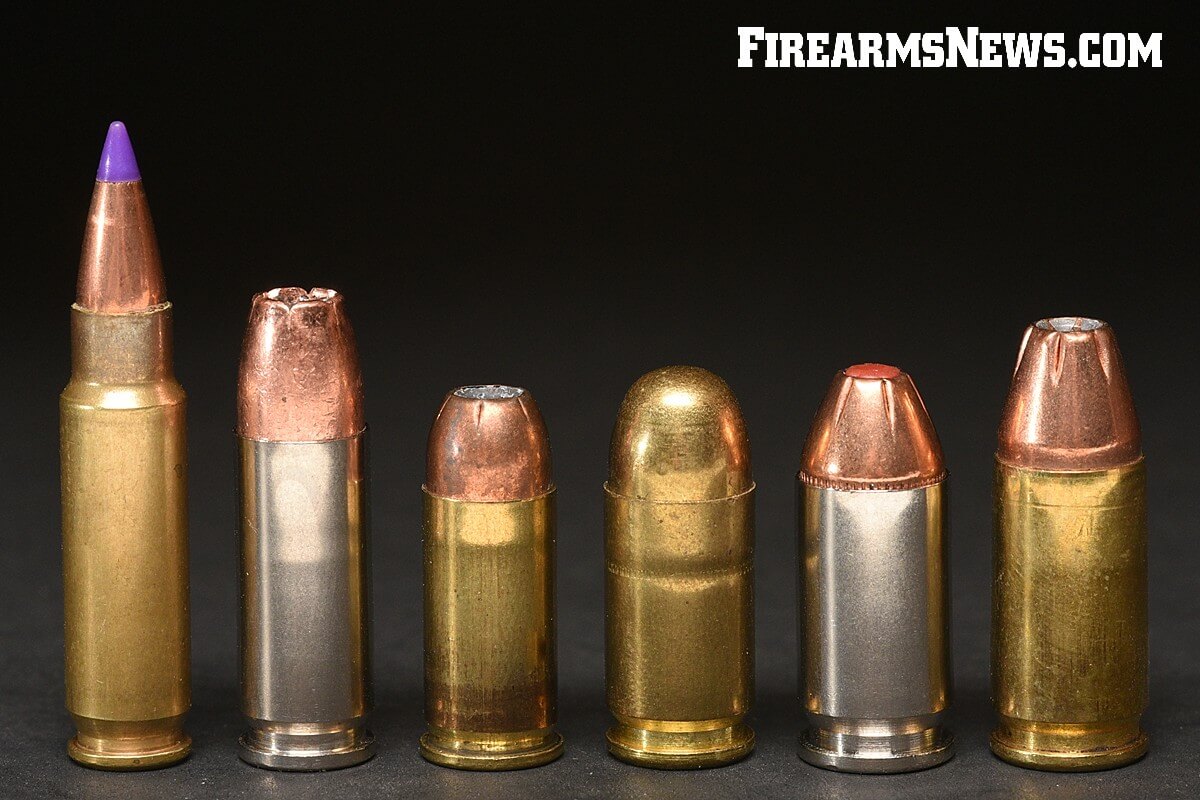
In a nutshell, Federal Premium’s new 30 Super Carry offers a combination of bullet expansion and penetration the .380 ACP cannot match. Terminal performance testing in 10% Ordnance gelatin in the lab indicates the 30 Super Carry JHP loads, such as Speer’s 115-grain Gold Dot, will out-perform .32 ACP, .380 ACP and 9mm Makarov JHP loads. The 30 Super Carry JHP loads even perform better than many, but not all, 9mm Parabellum loads. It does this while offering greater magazine capacity than .380 ACP and 9mm Parabellum. So, greater magazine capacity and terminal performance on par with the 9mm Parabellum, what’s not to like?
The 30 Super Carry is being launched with three loads for personal protection: Federal 100-grain HST JHP load with a velocity of 1,250 fps which generates 347 ft-lbs. Speer has a 115-grain Gold Dot JHP with a velocity of 1,150 fps which generates 338 ft-lbs. Remington has a 100-grain HTP JHP with a velocity of 1,230 fps which generates 336 ft-lbs. There are also three loads for target shooting, practice and recreational shooting. These are Federal American Eagle’s 100 grain FMJ with a velocity of 1,250 fps, Blazer’s 115-grain FMJ at 1,150 fps and Remington’s 100-grain FMJ at 1,250 fps.
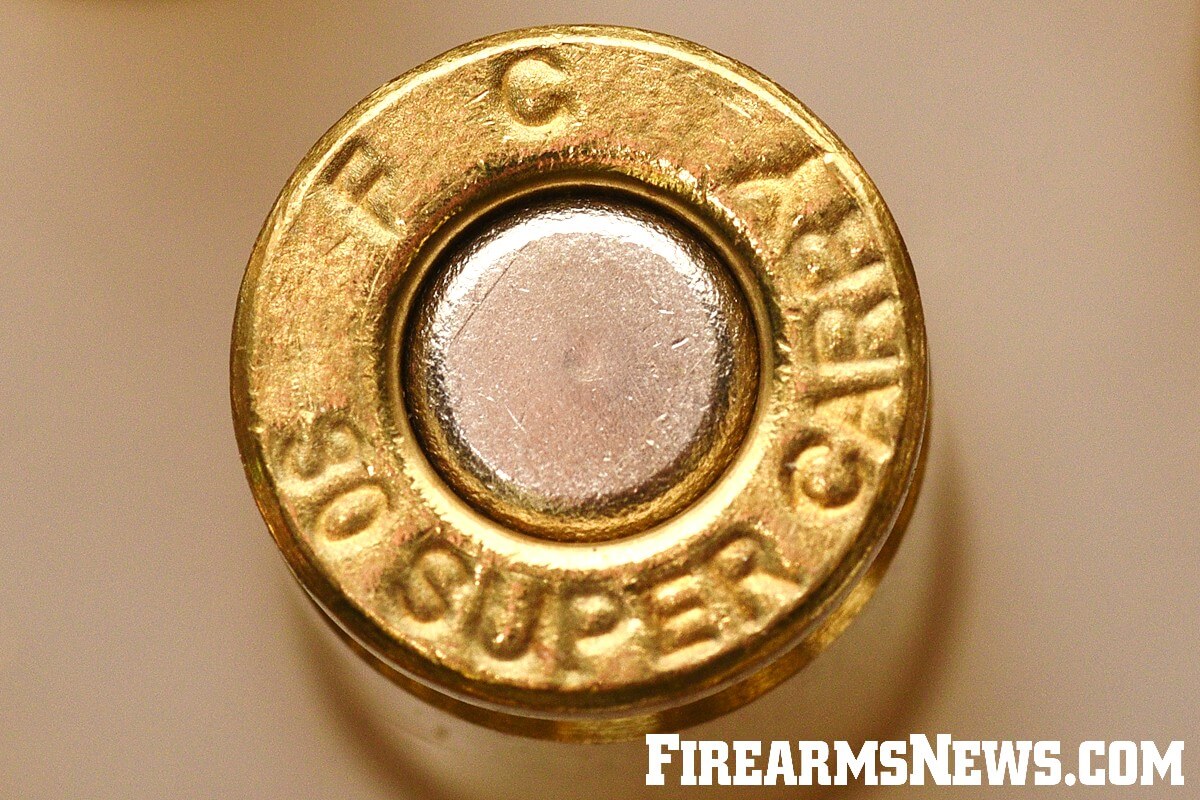
What about new pistols chambered in this new cartridge? Nighthawk Custom is offering two models of 1911. This seems a bit odd to me, and appears to miss the point of the cartridge. Smith & Wesson is offering a M&P 30 Shield Plus with 12+1 and 15+1 capacity and a M&P 30 Shield EZ with 10+1 capacity. These seem like good options. At some point I would love to see SIG Sauer chamber their P365 and P365XL in 30 Super Carry. I would also like to see the aftermarket offer barrels and magazines to convert such hugely popular pistols as the Glock 19 and 17 to 30 Super Carry. Time will tell.
What about the downside to 30 Super Carry? There are of course a few. The most obvious is if the small caliber projectile fails to expand. With no expansion you are stuck with a small .312-inch diameter projectile. Initial firearm offerings will be limited. 30 Super Carry ammunition will not be inexpensive either. The great thing about 9mm was always the cheap FMJ ammo available to practice and plink with.

Will the 30 Super Carry ultimately be successful? My Magic 8 Ball is drawing a blank. While the numbers look good, that doesn’t mean people will buy pistols for personal protection chambered in a new small caliber. There has been a mass migration away from .45 ACP, 10mm Auto, .357 SIG, and .40 S&W though in recent years to 9mm Parabellum and .380 ACP. The 9mm Parabellum offers higher magazine capacity, reduced recoil and good terminal performance compared to these other cartridges. Now the 30 Super Carry is doing the exact same thing to the 9mm Parabellum and .380 Auto. Whether it will ultimately be successful or not remains to be seen.
James Tarr:
I love when manufacturers try something new. Even if it ends up ultimately being unsuccessful, at least they tried. And Federal introducing the 30 Super Carry in this market is definitely a leap of faith. Introducing a new caliber is always a gamble. When every firearms manufacturer in the country is running as fast as they can just to fill orders on common calibers, introducing something brand new, that doesn’t use common components, is even more of a risk than usual.
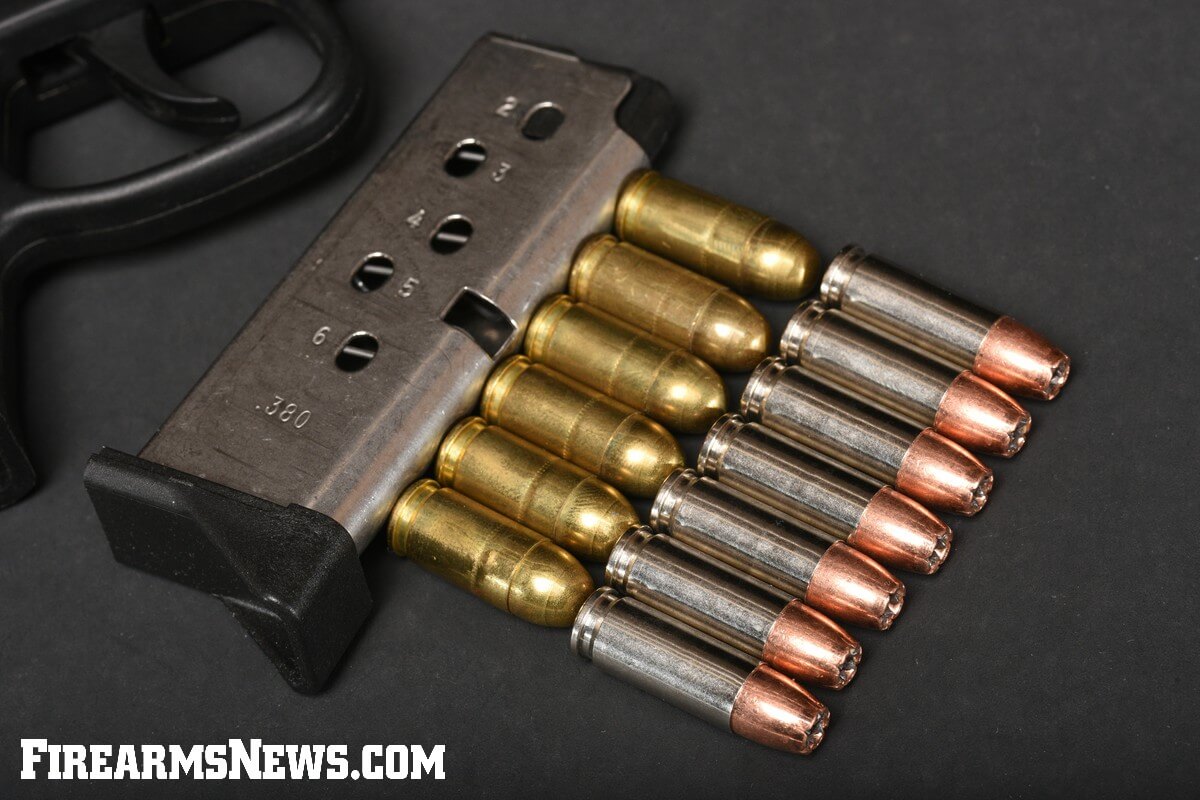
Especially when I don’t think Federal is focusing enough on the most important aspect of this cartridge.
A lot of people (including Federal) think that this cartridge will kill the .380 ACP, but I don’t. Modern subcompact 9mms are already tiny—people who choose the .380 ACP over the 9mm do so because the former has less recoil, or the slides are easier to rack. Everyone in social media and in the online forums is looking at the voluminous ballistic data Federal has released on the cartridge, and seen that in regards to terminal performance (testing with gel blocks) it provides equivalent performance to modern 9mm loads. Heck, the heavy bullet offering in 30 Super Carry is a 115-grain bullet at 1150 fps, which is a textbook standard 9mm Luger recipe. So, the 30 Super Carry will have felt recoil on par with the 9mm, and likely require the same amount of force to work the slide. So, forget comparisons with the .380 Auto, and focus on the 9mm.
But…the majority of people online have been saying something to the effect, “If it doesn’t improve over the 9mm in performance, why should I switch? Especially when 9mm is so common?” And they too are missing the point, the most important aspect of this cartridge- increased capacity when compared to 9mm no matter what size gun you’re carrying, with equivalent terminal performance.
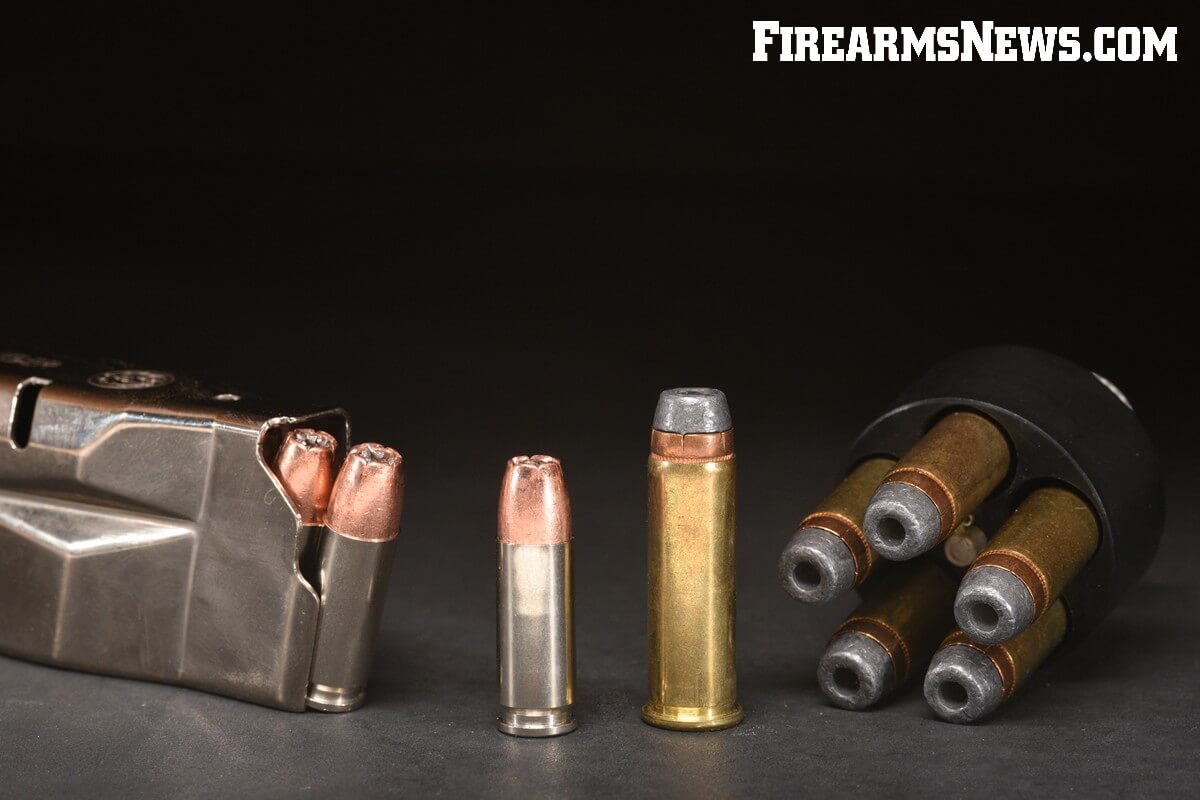
In a defensive shooting situation, capacity is hugely important. Reloads in such situations rarely happen; usually the gunfight lasts as long as you have ammo in the gun, so the higher the capacity the better. Besides, misses happen. Federal as part of their rollout has mentioned the capacity increase, but I don’t think they focus on it nearly as much as they should. And their choice of guns in which to debut this new round shows that, they just don’t capitalize on the main advantage of this cartridge, its narrower diameter.
Yes, it’s great that a single stack $5,000 1911, a gun almost nobody carries, can now hold two more rounds in the magazine, bringing capacity up to 12. And they do state that the capacity of a S&W M&P Shield Plus is now 12, but what they should have rolled out to fully demonstrate the strength of this cartridge is a full-size striker-fired pistol such as the Smith & Wesson M&P or the Glock 17, whose flush magazine capacities would be increased to 20 or 21 rounds. THAT is what would get people’s attention and make them see the value of this new cartridge. And that’s where they should have started.
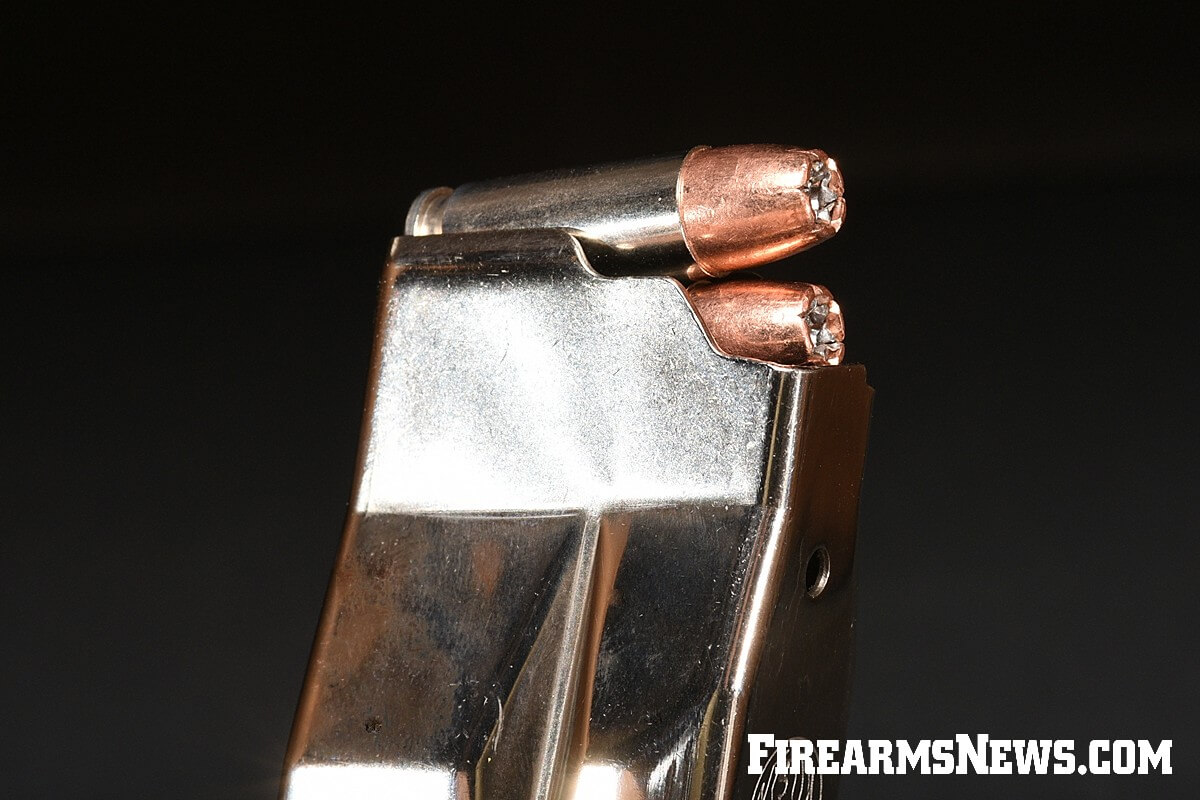
Michelle Hamilton:
David Fortier and I had a unique opportunity to study early information on the 30 Super Carry well-before it was leaked just prior to its January, SHOT Show introduction. Working closely with Federal, we quietly gathered information and built opinions based on the existing factory data. Let me say I can see several positives offered by Federal’s new .30-caliber cartridge. From a technical aspect, it offers positives in the realm of capacity, penetration, optimal velocity parameters, optimal expansion parameters and impressive penetration depths that well exceed Federal and Speer’s .380 Auto offerings. With that said, how will the 30 Super Carry fair in practical or real world environments? Will it be the replacement to “mouse calibers” many micro pistol carriers hoped for? Will “mouse gun” carriers finally have a no compromise caliber and cartridge offering? Or will it ultimately end up a “G.A.P.” in time, like a certain .45 caliber offering from Austria?
The .30 Super Carry is a new handgun cartridge offering from Federal Premium ammunition. Visually this new cartridge is highly reminiscent of the less powerful 7.65x20mm Longue. The 7.65x20mm Longue is an obsolete French military cartridge fired by their Modele 1935 service pistol and MAS-38 submachine gun. What is interesting is the cartridge was originally designed by Remington Arms Co. in 1917 as part of a US military project during World War I. The cartridge was adopted by the US Army as the .30 Model of 1918 Automatic for use with the Pedersen device. The Pedersen device converted the Springfield 1903 battle rifle into a submachine gun/battle rifle hybrid, but came too late for wartime service. The US Army abandoned the concept after World War I, but the French liked the cartridge and subsequently adopted it. Performance wise the 7.65mm Longue fired a 77-grain FMJ at about 1,132 fps which offered a step-up from the .32 Automatic Ruby which was frontline issue for French troops during the Great War.
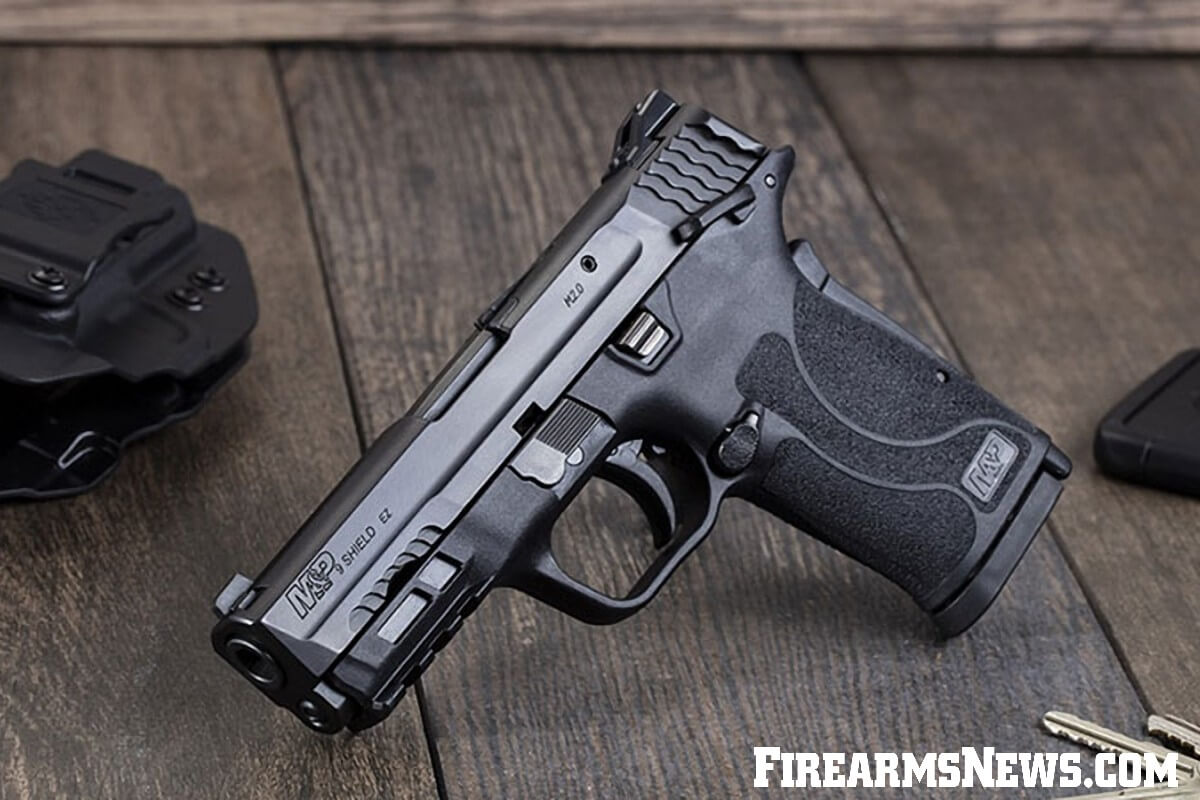
While the 30 Super Carry is visually reminiscent of the .30-18 Auto and 7.65mm Lounge, they are no relation. The 30 Super Carry is a modern high pressure design and different dimensionally. The 30 Super Carry follows the global, post black powder era trend of calibers getting smaller. In the late 19th Century as the transition from black power to smokeless was made, many countries went from older big bore revolvers to modern small bore revolvers or self-loading pistols. Most of the new service pistol cartridges in this time period ran from 7.5mm to 9mm, with exception of the United States and United Kingdom which retained their .45 Auto and .455 Webley, for a period of time.
More recently, we have seen similar trends in handgun and PDW cartridges. A prime example is NATO’s request for a 9x19mm replacement in the 1980s and FNH’s submission of the 5.7x28mm, along with Heckler and Koch’s 4.6x30mm. Both cartridges feature radically smaller projectiles than the standard, but with noteworthy penetration.
The 30 Super Carry utilizes a .312-inch diameter projectile, with projectile weight ranging from 100 to 115 grains and velocities ranging from 1,150 to 1,250 feet per second. This equates to muzzle energy ranges of 337 to 347 foot pounds. This not only vastly surpasses its 7.65x20mmFL ancestors, but also most of the traditional .32 revolver offerings and even the heaviest (traditional hollow point) .380 Auto offerings from boutique companies such as Underwood, Buffalo Bore, Cor-Bon and Double Tap. This places performance on level with traditional, non +P self-defense loads in 9mm Luger, yet offers a higher capacity advantage than both 9mm and .380 counterparts of equal size. More ammunition is always a plus.
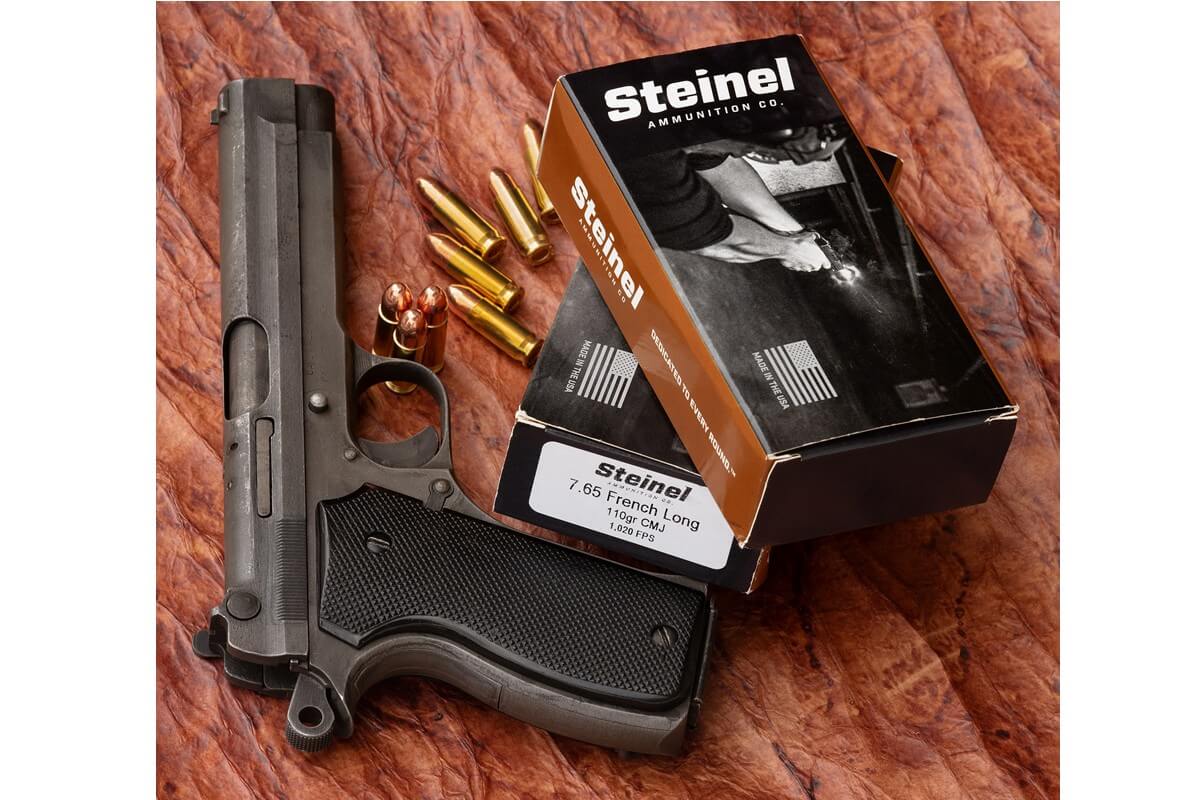
One thing I believe people should note is the effect of a modern .312-inch projectile design when combined with a muzzle velocity of 1,150 to 1250 fps. The 30 Super Carry will not suffer from projectile failure (failure to expand) due to low velocities. It will perform well due to its velocity threshold not being compromised. This cartridge was well-thought-out and well-designed from the ground up to be a defensive cartridge.
Making the direct comparison of Federal’s tried and true “cup and core” projectile, the “Hi-Shok” jacketed hollow point in its 115-grain form, vs the 115-grain Speer Gold Dot 30 Super Carry, the results are pretty interesting. The 9mm Hi-Shok 9BP 115-grain will produce 1,160 feet per second and 344 foot pounds of energy, while the 30 Super Carry 115-grain Gold Dot produces 1,150 feet per second and 337 foot pounds of muzzle energy. This is a .87% difference in muzzle velocity from the 9mm to the 30 Super Carry, with a 2.08% increase in muzzle energy advantage to the 9mm.
When tested in 10% Ordnance Gel the 30 Super Carry Gold Dot out performs the older 9mm projectile. The standard pressure 9mm Hi-Shok fails in FBI heavy clothing protocol, producing massive over penetration and zero expansion. Ultimately, the projectile acts and performs like a FMJ. The 30 Super Carry Gold Dot however, penetrates to a depth of 14 inches in 10% ordnance gel. This falls well within the FBI 12-18 inch protocol and into the “goldilocks zone” of 14-16 inches that many professionals prefer. This exceeds the typical penetration depths of the majority of .380 Auto hollow point offerings; this includes solid copper offerings, by a substantial amount.

Through heavy clothing barriers, the Speer Gold Dot and Federal HST .380 hollow point offerings penetrate from 9 to 9.95 inches, while the 30 Super Carry offers an impressive 15.5 inches in ordnance gel. This equates to a 55.77% increase in penetration that not only meets the FBI minimum, but falls nearly perfectly between the 12-18 inch penetration range. The performance is much better than any .380 Auto and practically mirrors that of the 9mm Parabellum in roughly every avenue where terminal performance is concerned. 30 Super Carry weight retention, penetration and expansion are all on par across the board with premium and trusted 9mm offerings such as Federal’s HST and Speer’s Gold Dot 9mm. The advantage only slightly leans to the 9mm, with an average increase in surface area of only 7.71% between both expanded projectiles (.530-inch on the 30 Super Carry and .571-inch on the 9mm HST 124-grain). This is impressive to say the least, considering the 30 Super Carry is capable of adding 2+ more rounds of magazine capacity to existing designs in 9mm.
The 30 Super Carry may not take over the realm of Duty Handguns as Federal/CCI may hope for. I believe Police Departments, Federal Agencies and armed security will likely stick with the proven and age old 9mm, or other “duty calibers”. However, for concealed carry, sub-compacts and “micro handguns”, I believe this may just be what the world needed. It is far superior compared to the .32 Auto and the reigning champion of “mouse gun calibers”, the .380 Auto. The 30 Super Carry out-performs the .380 Auto in every realm, all while offering superior capacity.
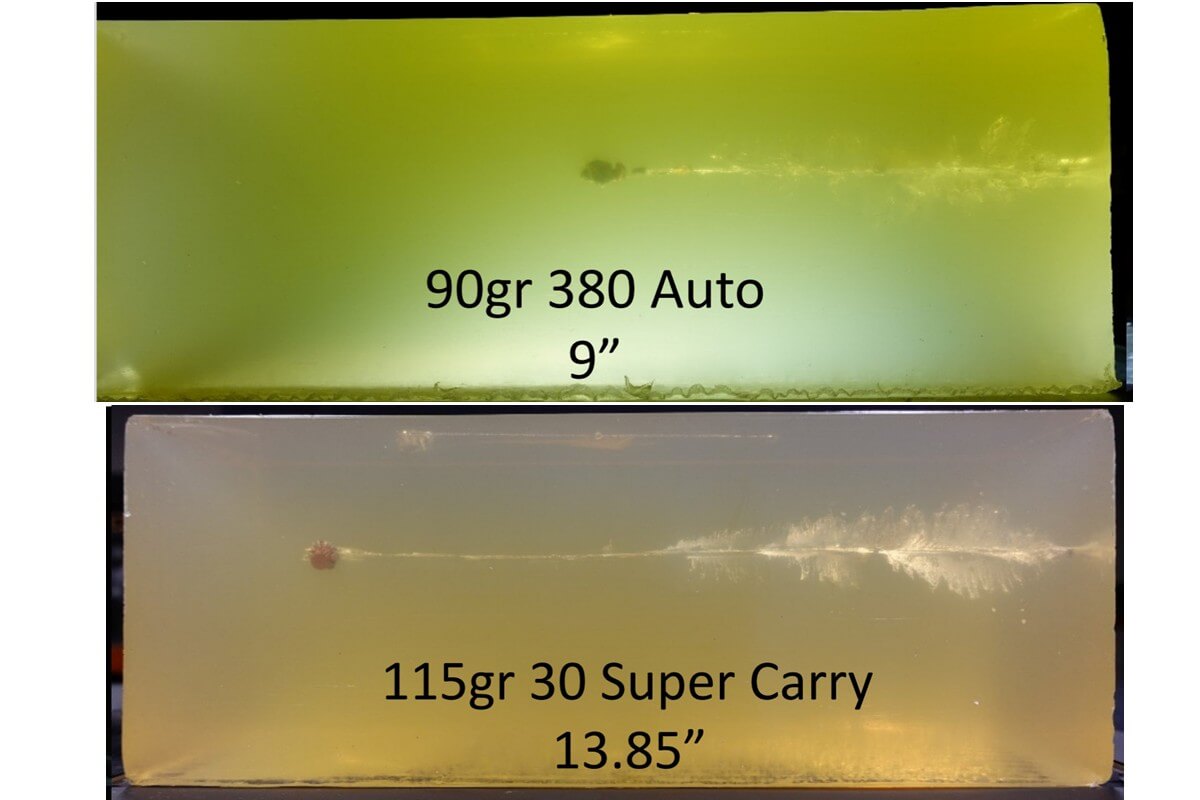
While Smith and Wesson jumped on the train early with their Shield Plus and Shield EZ, I would like to see an offering from SIG Sauer in their P365 and P365x line of handguns. This would give users a near perfect carry platform, as it would be a 5.8 inch long “micro/sub-compact” hybrid with full size, double stack handgun capacity.
One potential issue I see with the 30 Super Carry is ammunition cost. I do understand the reasoning and Federal’s need to recoup their monetary losses from research and development. However, many people will view the cost and weigh it against much more established cartridges (such as the 9mm and .380 Auto) and may pass on both the cartridge and new firearm due to this. With a $31 manufacturer price for 50 round FMJ practice ammo and $1.84 per round cost of premium defensive ammunition, it is a potential “hard sale” for Federal/Speer initially.

All in all, I find the 30 Super Carry interesting and likely the perfect candidate for sub-compact and micro pistols. It offers excellent penetration depths, uniform and controlled expansion to respectable diameters and impressive weight retention; all while increasing the magazine capacity of the handgun. This cartridge seems to be a win-win in terms of civilian carry and one I will likely replace my .380 Auto Smith and Wesson Bodyguard for (Smith and Wesson, take the hint. We need a 30 Super Carry Bodyguard). Nice job overall Federal, I am thoroughly impressed.
If you have any thoughts or comments on this article, we’d love to hear them. Email us at FirearmsNews@Outdoorsg.com.
About the Authors:
David M. Fortier has been covering firearms, ammunition and optics since 1998. He is a recipient of the Carl Zeiss Outdoor Writer of the Year award and his writing has been recognized by the Civil Rights organization JPFO. In 2007 he covered the war in Iraq as an embedded journalist.
James Tarr is a longtime contributor to Firearms News and other firearms publications. He is also the author of several books, including CARNIVORE, which was featured on The O’Reilly Factor. His current best-selling novel, Dogsoldiers, is available now through Amazon.
Michelle Hamilton has a Bachelor’s degree in Criminal Justice/Homeland Security, is a serious student of wound ballistics, military history, small arms design and manufacturing and is a competitive shooter.


